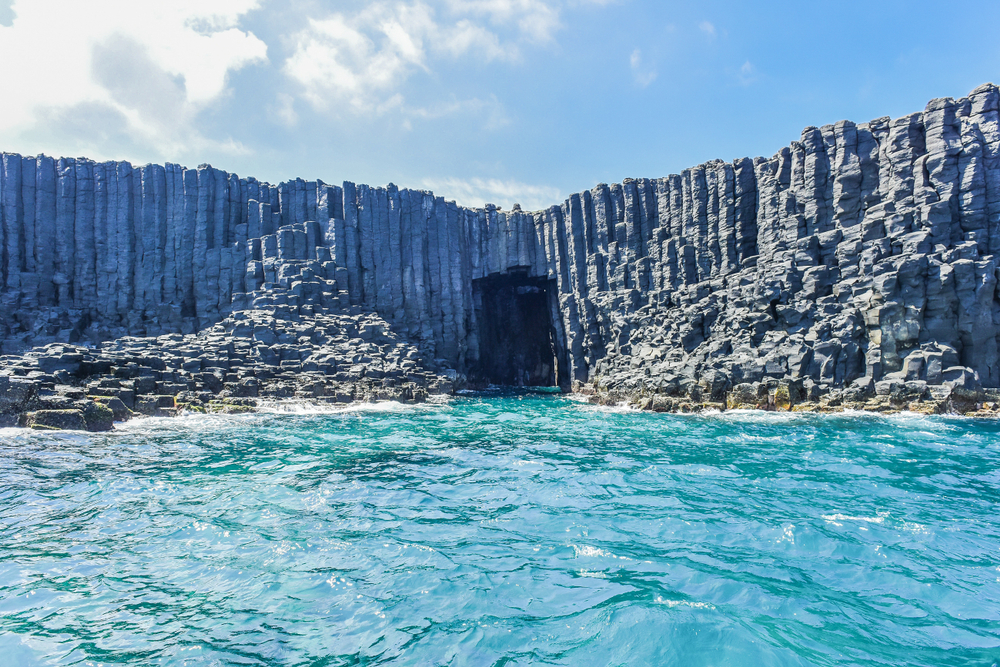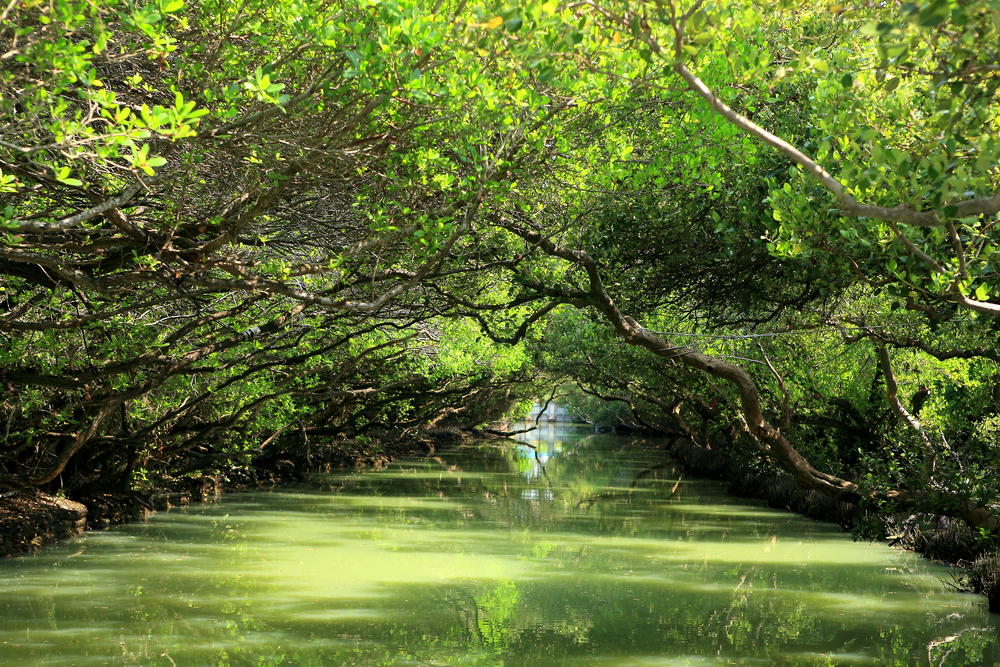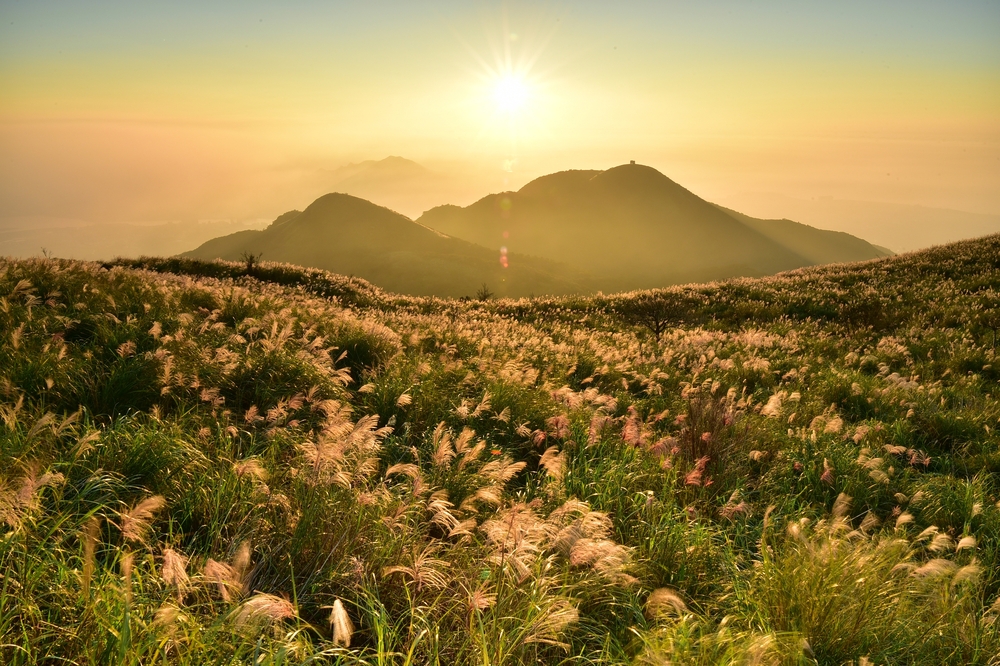Yushan Overview
Yushan National Park, also known as 玉山國家公園 (Yùshān Guójiā Gōngyuán) in Mandarin, is a breathtaking expanse of wilderness in Taiwan. Spanning an area of 1,052 square kilometers (406 square miles), the park is located in central Taiwan, straddling the counties of Nantou, Chiayi, Kaohsiung, and Hualien. The park is named after its crown jewel, Yushan or Jade Mountain, which rises to 3,952 meters (12,966 feet) above sea level, making it the highest peak in Taiwan and Northeast Asia. This mountain, along with its surrounding peaks, defines the park’s dramatic alpine landscape.
Yushan National Park is characterized by its diverse terrain, which ranges from lush subtropical forests at lower altitudes to alpine meadows and craggy, windswept ridges near its summits. The park is rich in geological features, including sharp ridgelines, deep valleys, and spectacular waterfalls such as Yunlong Waterfall. The vegetation varies significantly with elevation; lower areas are dominated by subtropical forests filled with camphor and Taiwan red cypress, while higher altitudes feature alpine plants like junipers and rhododendrons, particularly stunning during their seasonal bloom.
The park is a haven for wildlife, with a remarkable variety of species, some of which are endemic to Taiwan. Visitors may encounter Formosan black bears, a symbol of Taiwan’s wilderness, or spot the elusive Formosan sambar deer. Smaller mammals such as the Formosan rock macaque and yellow-throated marten also inhabit the park. Bird enthusiasts can look forward to observing the Mikado pheasant and Swinhoe’s pheasant, both endemic to Taiwan, as well as a host of other avian species like the white-throated laughingthrush and the Taiwan barwing. The park’s ecological richness extends to its amphibians, reptiles, and insects, adding further layers of biodiversity to this natural treasure.
Popular features of Yushan National Park include its hiking trails, which cater to a wide range of abilities. The climb to Yushan’s summit is a favorite among adventurers, offering unparalleled views at sunrise. Other popular areas include the Tatajia Recreation Area, which provides easier access to scenic viewpoints, and Walami Trail, which passes through lush forests and historical sites from Taiwan’s Japanese colonial period. In addition to hiking, visitors engage in birdwatching, photography, and cultural exploration of indigenous Bunun heritage.
Conservation efforts in Yushan National Park have achieved significant successes, particularly in protecting endangered species and maintaining the park’s ecological integrity. Challenges remain, including managing the impact of tourism and combating climate change, which threatens the park’s fragile alpine ecosystems. Nevertheless, the park authorities work diligently to balance conservation with sustainable visitor experiences, ensuring that Yushan remains a pristine sanctuary for generations to come.


















































































